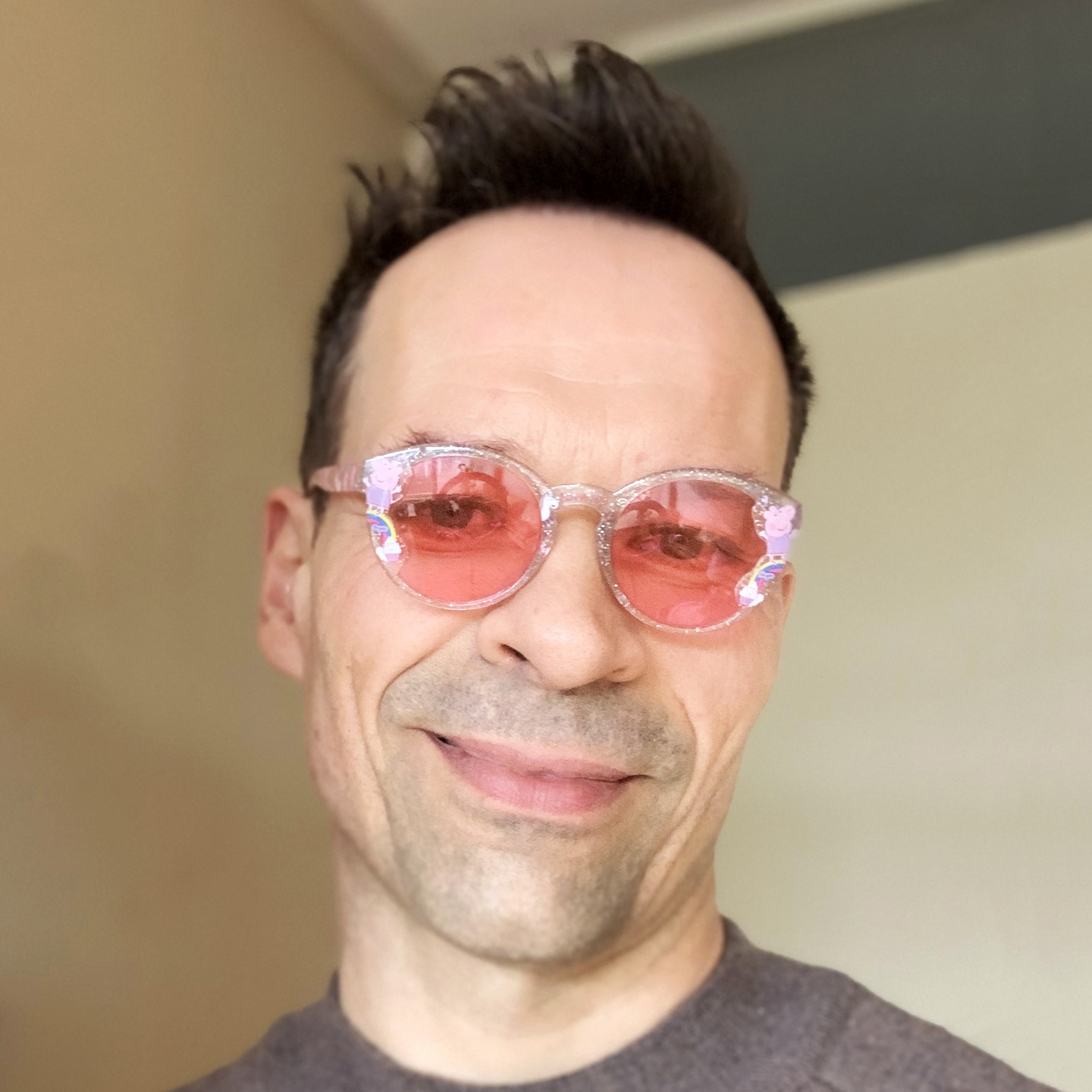Pinhole Photography Bijlmer Years
The Bijlmer Years photographs were taken with a homemade pinhole camera. A pinhole camera is a box, with a tiny hole at one end and film or photographic paper at the other. A pinhole photo image is equally (un)sharp everywhere, so that the depth of field is infinite. It exhibits a pleasing soft, diffused and dreamy focus.
The Bijlmer Years Pinhole Photography shows the view from the windows of the corner house on the third floor in the largest honeycomb flat in the K-neighbourhood: Koningshoef 6. All images show a world that no longer exists: the flat has been demolished, as have all the buildings in the area. These photo images are the only tangible ‘proof’ of the existence of the lived past. The pinhole technique enhances the sense of unreality. This depicted world has become a dream, an illusion.
Thérèse Zoekende (NL, 1972) and Patrick Koster (NL, 1967) are occasional collaborating artists. For the exhibition “Ode to the Bijlmer” in CBK Zuidoost they made the mixed-media art work “Bijlmer Years 1989-1997” in which they bring their shared Bijlmer past to life in a confidential picture story. As Rietveld Art Academy students they twenty-nine years ago came to live in this urban district. Already nine years later they were forced to leave due to urban renewal. Their apartment would be demolished. In their former Bijlmer habitat, frequently the subject of their artistic work, they experienced a significant part of their personal and artistic training.
Pinhole photography on light box, part of the Bijlmer Years 1989-1997 project by visual artists Thérèse Zoekende and Patrick Koster.
































